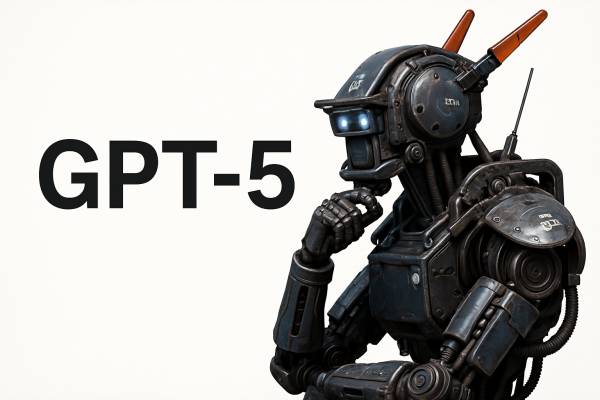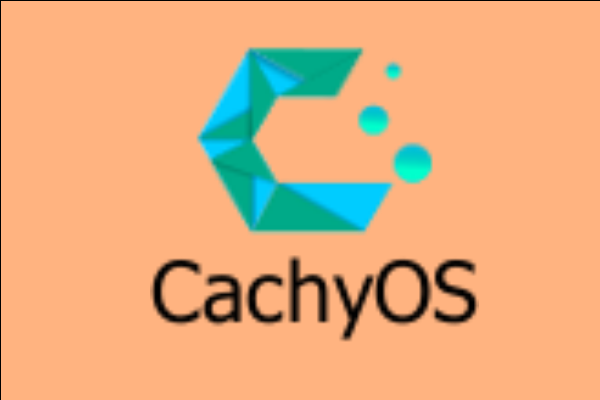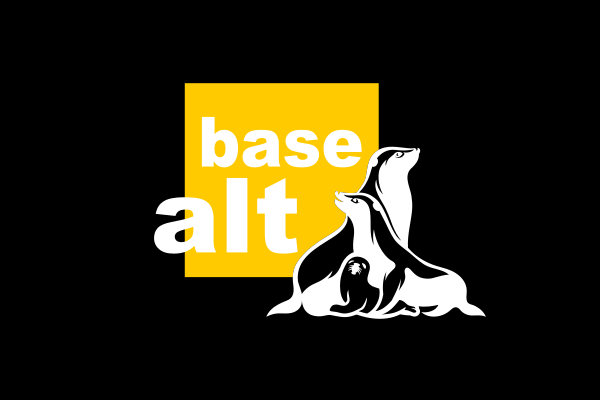Fedora 42 beta is now available for testing, with a stable release planned for 15 April. The new version includes several major enhancements designed to improve the user experience, simplify the installation process, and integrate modern desktop environments and technical solutions.
Previous criticisms of Fedora included the Anaconda installer, which many have called one of the most complicated installers for Linux. However, Fedora 42 represents a significant improvement with the new Anaconda WebUI installer, which offers a more linear, guided process for both local and remote installations. Although the current version is still X11-based, it is planned to run as a native Wayland application, which should further enhance the security and performance of graphical installations.


Fedora 42 Workstation Edition receives a major update to its desktop environments. The release includes the following major desktop environments:
GNOME 48
The new version brings several enhancements to improve the user experience. One of the most important is the introduction of the Wellbeing feature, which allows you to monitor and limit your screen time and provides reminders to rest your eyes and move around. In addition, the system supports limiting battery charging to extend battery life and introduces Adwaita fonts for a more consistent look. Furthermore, the new default music player, Jamboree, offers a modern and user-friendly interface for playing music.

KDE Plasma 6.3
KDE Plasma will also be available as an official release, confirming that Fedora users can choose from a variety of desktop experiences. One of the most important new features is the reworked fractional scaling, which produces sharper and clearer images, especially on high-resolution displays. In addition, customization has been improved: panels can now be easily cloned in edit mode, and managing widgets has become more user-friendly. For graphic designers, the drawing panel options have been expanded, allowing fine-tuning of the pen pressure curve and range, as well as reassigning pen button functions. Finally, the new default wallpaper returns to KDE’s iconic abstract geometric design, giving the desktop a fresh look.
Other spins, such as XFCE 4.20 and LXQt 2.1, are also available, and the COSMIC desktop spin is presented in a more modern form.
The recognition of KDE Plasma is particularly important, as it has finally been included as an equal release alongside GNOME in the official Fedora portfolio.
Other updates in Fedora 42 include:
-
Updated packages.
-
System-level improvements.
-
Additional new features: in the area of accessibility, the ibus speech-to-text solution has been introduced to support voice dictation. In addition, the SDL2-compat/SDL3 combination has been added to replace the older SDL2 for better compatibility, and support for MIPI cameras has been added for x86 laptops and tablets.
More information about the beta version and the installers are available here.

































